Aptera Unveils "Design Intent" 2e, Financial Woes
Are there two sadder words in the world of car design than “design intent”? Translated, the term actually means “the inevitable letdown after months (or years) of hype based on a buffed-and-polished prototype.” And for upstart California EV outfit Aptera, a slick, otherworldly prototype was a key to being taken even remotely seriously. Unfortunately, yesterday’s unveiling of the “design intent” Aptera 2e revealed a cheaper, droopier version of the vehicle Aptera had been collecting deposits on the strength of. Don’t believe us? Check out a gallery of prototypes after the jump, and compare for yourself. Besides, the vehicle wasn’t the only ugly part of Aptera’s presentation…
CEO Paul Wilbur told Autoblog‘s Jonny Liebermann that Aptera is still not, “fully funded,” but hinted that the $184m in federal loans it has applied for would fix that for about five years. Bummer about the financial viability requirements for ATVM loans. “One more financing hurdle remains” Wilbur reportedly said. “Aptera can only compete thanks to federal loans.” Accordingly, the vehicle is 90 percent content-sourced in the US (a point Wilbur was apparently quick to make after recent nasty rumors of a Chinese production strategy). So, w hat’s the holdup?
For one thing, Wilbur had to get the car from the striking but likely ruinously expensive prototype to the more pedestrian production-ready version. He tells Autoblog that the last year has been spent doing a lot of engineering, saying “We have to get it right the first time,” and even mentioning Yugo, DeLorean and Tucker as examples to avoid. Which, at least in the cases of DeLorean and Tucker, is an interesting way of justifying the booting of Aptera’s founders.
Ultimately, Aptera has a long road to whir over before get a chance to drive one of their freaky motorcycles. Even if the federal loans come through, they are now guaranteed to be beat to the coveted early-adopter market by Nissan’s Leaf, Chevy’s Volt and even, possibly, Coda’s EV. And then there’s the price issue. And the after-sale support issue. To say nothing of the fact that selling a motorcycle as a car based on its record-shattering .15 drag coefficient probably limits the market to wealthy nerds in the first place. But then, if Aptera knew its market, it probably wouldn’t be trying to sell this homogenized version of the founders’ freaky vision.
[UPDATE: A rep from marketing/communications firm PCGCampbell clarifies that this was a “design intent” model, and that “a ‘production intent’ version will be produced after the vehicle development is complete.”]
More by Edward Niedermeyer
Latest Car Reviews
Read moreLatest Product Reviews
Read moreRecent Comments
- Doc423 Come try to take it, Pal. Environmental Whacko.
- 28-Cars-Later Mazda despite attractive styling has resale issues - 'Yota is always the answer.
- 28-Cars-Later Try again.
- Doc423 It's a flat turn, not banked, which makes it more difficult to negotiate, especially if you're travelling a little too fast.
- Jeff “So, the majority of our products are either ICE vehicles or intended to utilize those multi-energy platforms that we have. This is a great opportunity for us, compared to our peers, having the multi-energy platforms for all of our products in development and having the agility to move between them,” she said. From what is stated about the next generation Charger it will be released as a 2 door EV and then as a 4 door with the Hurricane turbo straight 6. I assume both the 2 door and 4 door is on the same platform.








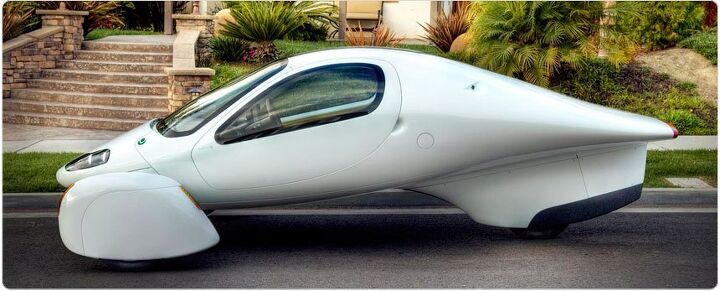






















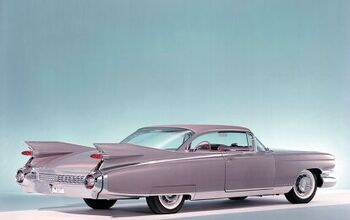
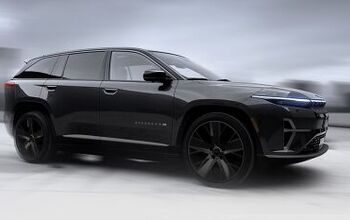



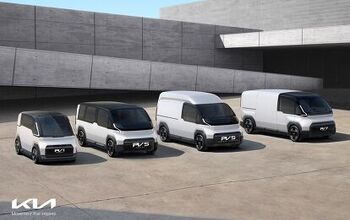


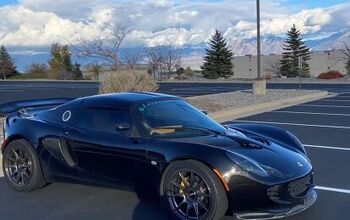

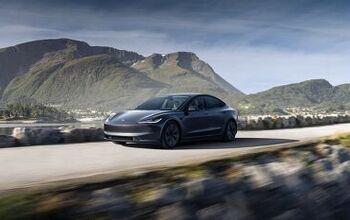
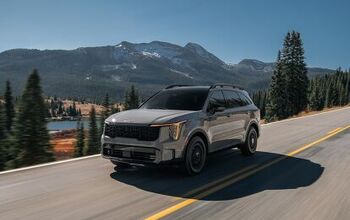
Comments
Join the conversation
I think it's less that they 'mainstreamed' it and more that they realized the things they had to put in it. Like the 'droopy' part under the cabin was for battery space, the longer nose probably because they've switched from single rear wheel drive to both front wheels driven. The side mirrors were added for driver visibility, and according to one of their newsletters didn't have a significant impact on Cd. The narrower stance was in response to many concerns with the 8' wide stance of the prototype being very difficult to fit in many parking spaces. I think them's just the things that happen when you move from a prototype that doesn't have to do anything but look good to something that actually would have to function for many people.
The change that jumps out the most to me is the front wheel wells. They are like TWICE the width now but shorter. Not very areo friendly, its like a jet fighter with two bricks sitting on the wings. Maybe the original front bicycle tires (thin/tall) provided almost no grip in turns so they went with golf cart wheels (short/fat)?